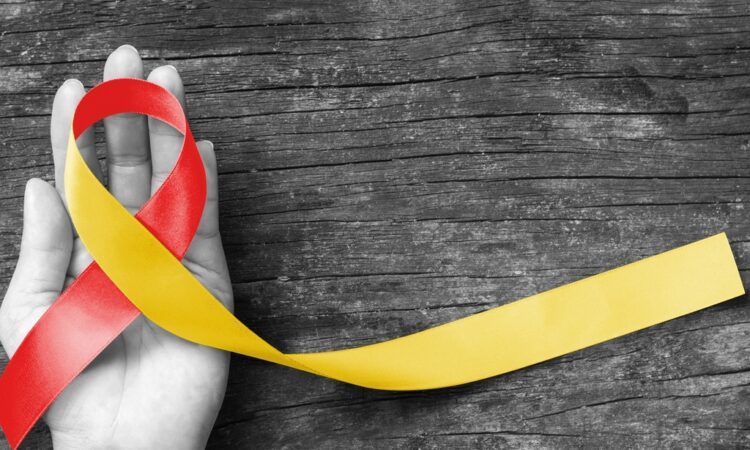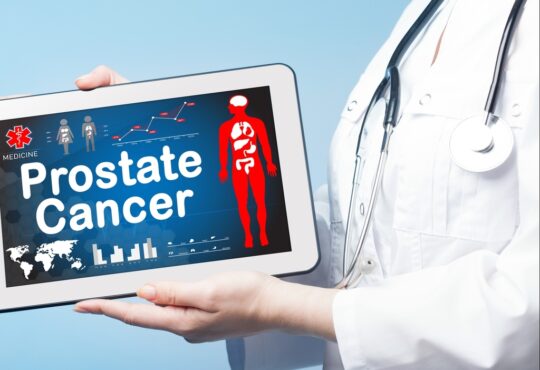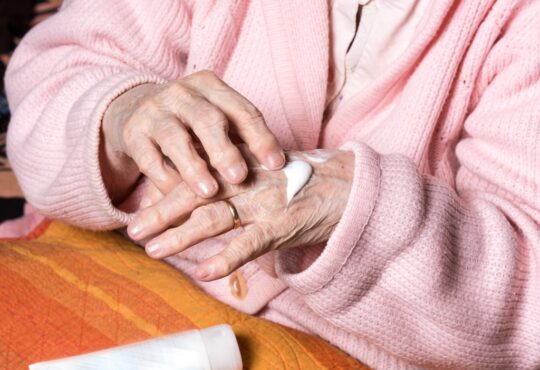
The most dangerous thing about HIV is that it is often symptomless. People who are not aware of the early warning signs of HIV could put themselves at risk of contracting it. Here’s a list of the earliest symptoms and initial signs, all frequently found in HIV patients.
Early Signs and Symptoms of HIV Infection in Stage 1
The signs and symptoms are similar to those of the flu. They may include fever, throat irritation, muscle pain, joint pain, swollen lymph nodes, nausea, vomiting, a rash on the skin, diarrhea, ulcers in the mouth, ulcers in the genital area, night sweats, weakness, and exhaustion.
What Are the Causes of HIV?
HIV is essentially a sexually transmitted disease (STD) that can be passed from man to man, man to woman, woman to man, and woman to woman through vaginal, anal, and oral contact. HIV can spread when these secretions come into contact with tissues in the vagina, anal area, mouth, and eyes; it can also occur if there’s a break in the skin, such as from a cut or a needle puncture.
Sexual encounters and needle-sharing are some of the most common ways that HIV spreads worldwide. During pregnancy, labor (the birth process), or breastfeeding, the virus is passed from mother to child.
Abstinence from sex until both partners in a monogamous relationship are sure that they are HIV-negative is an effective way to avoid sexual transmission. The test can be done privately in clinics around the United States.
When Do HIV’s Early Symptoms and Indications Appear?
Early signs and symptoms of HIV can show anywhere from 2 to 6 weeks after infection. Most patients’ symptoms fade away over a few weeks; some people experience just minor symptoms or none at all. Stages 2 and 3 occur later in the illness process. Early symptoms reappear and become more severe. In women, some HIV-related infections are more severe, for example, fungal disease, especially vaginal yeast infections, and cervical dysplasia (precancer of the cervix).
Is There a Difference in The Early Signs and Symptoms of HIV in Men and Women?
When an HIV patient develops AIDS, most of the secondary infections that develop are the same in men and women. Some of the more typical symptoms that AIDS patients face include severe weight loss, eating pain, skin rashes and malignancies, and repeated pneumonia. Some HIV-related diseases, such as cervical dysplasia and fungal infections such as vaginal yeast infections, are more severe in women.






